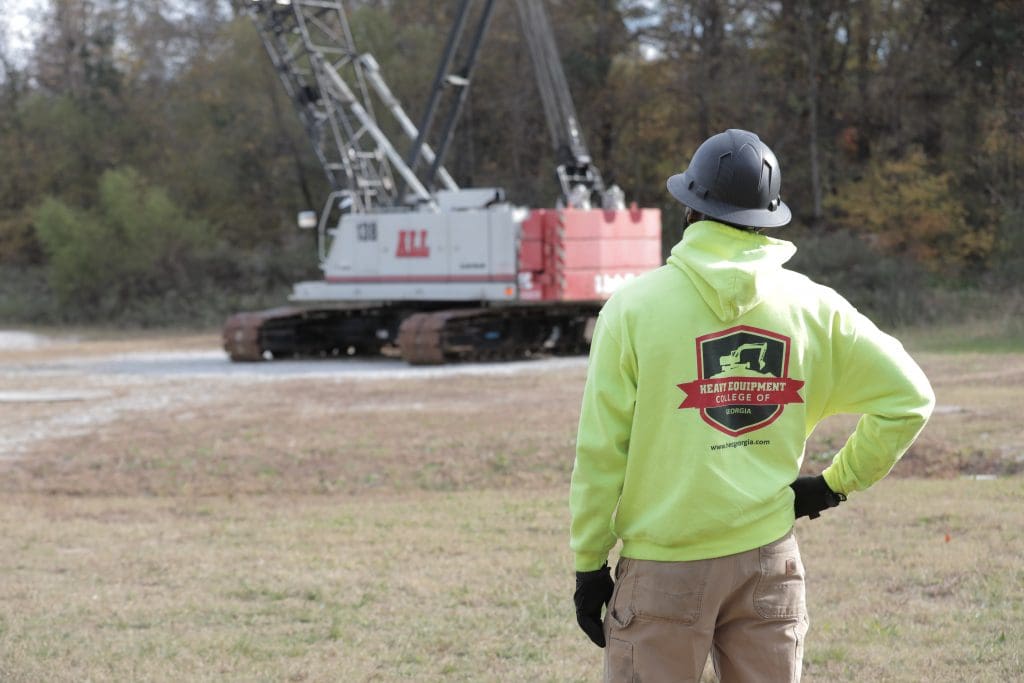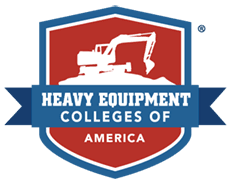Inspecting a mobile crane is one of the most important safety practices in crane operation. There are a lot of issues that are caught in the pre-operation inspection phase that result in injuries avoided and lives saved. A competent person must begin a visual inspection prior to each shift the equipment will be used, which must be completed before or during that shift. We’ve put together a very brief inspection guide for mobile cranes that can help you conduct better inspections.
Boom
Inspect the boom for damage prior to operating the crane. If it appears to be bent in any spots, postpone using it until the defect is addressed.
Tracks
What makes mobile cranes different from stationary ones is their ability to move, which is made possible by their crawler tracks. Check them for damage prior to getting in the cab. Mobile cranes don’t stop at tracks, they can also be wheel mounted.
Load limit
Pay attention to the crane’s load limit to make sure you’re using the right crane for the job. Lifting a load that is too heavy can result in damaging the crane and potentially injuring coworkers.
Environment
Inspect the environment in which you will be operating the crane. Remove potential obstacles and make sure the ground is suitable for the job you will be doing.

Cab
Once you’re in the cab, check to make sure the operating mechanisms and other controls are working as they should. Without them, lifting and lowering will prove to be difficult and dangerous. The brake system is another important utility to check.
In addition to checking these facets of the crane and worksite, it’s always a good idea to have a designated inspector as well.
Mobile crane operator training programs are the best way to become a professional at mobile crane inspections and operation. The Heavy Equipment Colleges of America’s mobile crane program is a great way to learn the trade and start your career in heavy equipment operation. Learn more about the program at https://heavyequipmentcollege.edu/programs/mobile-crane-operation/.




